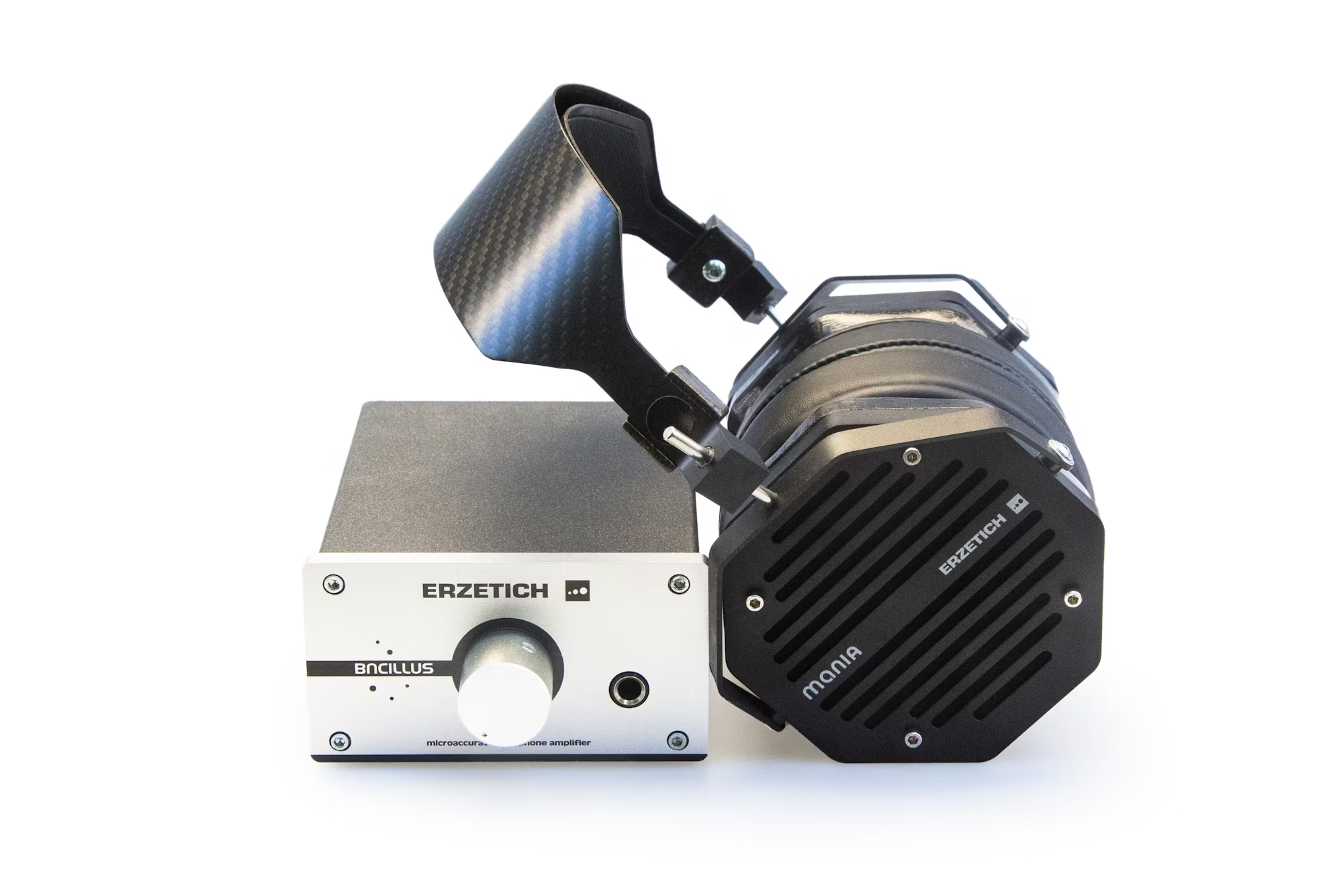The guitar has played a pivotal role in the evolution of music over the centuries. From its origins as a simple string instrument to its status as a central figure in modern music, the guitar has continuously adapted and transformed across various genres. This article delves into the rich history of guitar music, exploring its development, techniques, and the artists who have left an indelible mark on its landscape.
The Origins of Guitar Music
The history of guitar music can be traced back to ancient civilizations, where early string instruments served as the precursors to the modern guitar. Instruments like the lute and vihuela were popular in Europe during the Renaissance and Baroque periods, laying the groundwork for the guitar’s evolution. As the guitar began to take shape in the 18th century, its construction and playing techniques were refined, leading to the classical guitar we recognize today.
Classical guitar music, characterized by its intricate fingerstyle playing and harmonic complexity, has produced some of the most influential composers in history. Figures such as Fernando Sor, Mauro Giuliani, and Francisco Tárrega contributed significantly to the repertoire, creating pieces that remain staples in guitar studies. Sor’s études, for instance, are essential for developing technical skills while also providing a deep understanding of musical expression. Tárrega’s works, particularly pieces like “Recuerdos de la Alhambra,” evoke emotional depth through their lyrical melodies and innovative techniques.
The Acoustic Guitar: Voice of the Folk
As the guitar evolved, the acoustic variant emerged as a prominent voice in folk music. The acoustic guitar became a symbol of storytelling and cultural expression, with artists such as Woody Guthrie, Pete Seeger, and Bob Dylan using it to convey their messages. Guthrie’s folk anthems, often reflecting the struggles of the working class, showcased the guitar’s ability to resonate with social issues. His song “This Land Is Your Land” remains an enduring testament to the power of music as a tool for advocacy.
The singer-songwriter movement of the 1960s further solidified the acoustic guitar’s role in popular music. Artists like James Taylor and Joni Mitchell captured the hearts of audiences with their poignant lyrics and melodic compositions. Taylor’s heartfelt ballads, such as “Fire and Rain,” exemplify the acoustic guitar’s capacity for emotional storytelling. Mitchell’s innovative tunings and fingerstyle techniques, as demonstrated in songs like “A Case of You,” create a rich soundscape that elevates her lyrical poetry.
The Electric Guitar: A Sonic Revolution
The introduction of the electric guitar in the mid-20th century marked a revolutionary shift in the music landscape. This powerful instrument allowed for a new range of sounds and effects, becoming the driving force behind genres like rock and blues. Pioneering bands such as The Beatles, The Rolling Stones, and Led Zeppelin harnessed the electric guitar’s potential to create unforgettable music that defined a generation.
The Beatles’ innovative approach to the electric guitar changed the face of popular music. With songs like “Revolution” and “While My Guitar Gently Weeps,” they demonstrated how the electric guitar could convey complex emotions and ideas. The use of effects such as distortion and feedback became hallmarks of their sound, inspiring countless musicians to experiment with their own guitar techniques.
Led Zeppelin’s Jimmy Page is often celebrated as one of the greatest guitarists in rock history. His signature riffs and solos, as heard in tracks like “Stairway to Heaven” and “Whole Lotta Love,” showcase the electric guitar’s versatility and power. Similarly, The Rolling Stones’ Keith Richards has made indelible contributions to rock music, particularly with the iconic riff of “Satisfaction,” which remains one of the most recognizable guitar parts in history.
The Blues Guitar: Roots of Emotion
Blues guitar has a unique place in the music world, characterized by its expressive techniques and emotive storytelling. Artists like B.B. King, Muddy Waters, and Stevie Ray Vaughan have shaped the genre, infusing it with soul and passion. B.B. King, often referred to as the “King of Blues,” is renowned for his ability to evoke deep emotions through his guitar playing. His signature style, characterized by string bending and vibrato, allows him to communicate feelings that resonate deeply with listeners. Songs like “The Thrill Is Gone” highlight his talent for blending melody and emotion, creating an unforgettable musical experience.
Stevie Ray Vaughan revitalized the blues genre in the 1980s, bringing a new energy and technical prowess to the guitar. His electrifying performances and innovative techniques captivated audiences, making blues relevant to a new generation. Tracks like “Pride and Joy” and “Texas Flood” exemplify his ability to combine traditional blues elements with rock influences, illustrating the guitar’s potential for creative expression.
Jazz Guitar: The Art of Improvisation
Jazz guitar, distinguished by its emphasis on improvisation and complex harmonies, has produced some of the most innovative guitarists in history. Django Reinhardt, Wes Montgomery, and Pat Metheny are just a few of the luminaries who have shaped this genre. Django Reinhardt, a pioneer of gypsy jazz, is known for his unique style that blends traditional Roma music with jazz improvisation. His innovative use of the guitar, characterized by rapid arpeggios and intricate melodies, continues to inspire musicians today.
Wes Montgomery’s thumb-picking technique and smooth melodic approach to jazz guitar set him apart in the genre. His ability to create lush harmonies and improvisations invites listeners to explore the depth of jazz. Songs like “West Coast Blues” exemplify his lyrical style, showcasing the guitar’s potential for both technical skill and emotional expression.
Global Influences: Flamenco and Beyond
The guitar’s versatility extends beyond Western music, influencing a variety of global styles. Flamenco, a traditional Spanish genre, showcases the guitar’s intricate fingerpicking and passionate rhythms. Renowned guitarists like Paco de Lucía and Vicente Amigo have elevated flamenco to new heights, blending traditional techniques with contemporary influences. Paco de Lucía’s virtuosic playing and innovative compositions, such as “Entre Dos Aguas,” highlight the guitar’s dynamic range and emotional depth, inviting listeners into the vibrant world of flamenco.
In addition to flamenco, Latin guitar styles such as bossa nova and samba have gained popularity worldwide. Artists like João Gilberto and Baden Powell have brought these rhythms to life, showcasing the guitar’s ability to create a rich and inviting atmosphere. The smooth melodies and syncopated rhythms of bossa nova exemplify the guitar’s versatility and global appeal, making it a beloved instrument across cultures.
Contemporary Innovations: Pushing Boundaries
In recent years, contemporary guitarists have continued to push the boundaries of the instrument, exploring new techniques and styles. Artists like Tommy Emmanuel and Andy McKee have gained recognition for their innovative fingerstyle playing, incorporating percussive elements and complex harmonies into their performances. This modern approach showcases the guitar’s potential for creativity and expression, inviting listeners to experience the instrument in fresh and exciting ways.
The influence of technology has also transformed guitar music. Effects pedals, loop stations, and digital software enable guitarists to explore new soundscapes and compositions. Artists such as Ed Sheeran and Tash Sultana have utilized technology to create multi-layered performances that captivate audiences, demonstrating the guitar’s adaptability in the modern music scene.
Conclusion: The Timeless Legacy of the Guitar
The guitar’s evolution reflects its enduring significance in the music world. From its classical roots to its role in folk, rock, blues, jazz, and beyond, the guitar continues to inspire and connect people across cultures. As artists embrace innovation and explore new genres, the future of guitar music promises to be as rich and diverse as its past. Whether you’re drawn to the intricate melodies of classical guitar or the electrifying riffs of rock, the guitar remains a powerful instrument of expression, resonating with audiences around the globe.


